8 Surprising Benefits Of Chlorophyll And Its Side Effects
Take a closer look at the positive effects attributed to this ubiquitous green pigment.
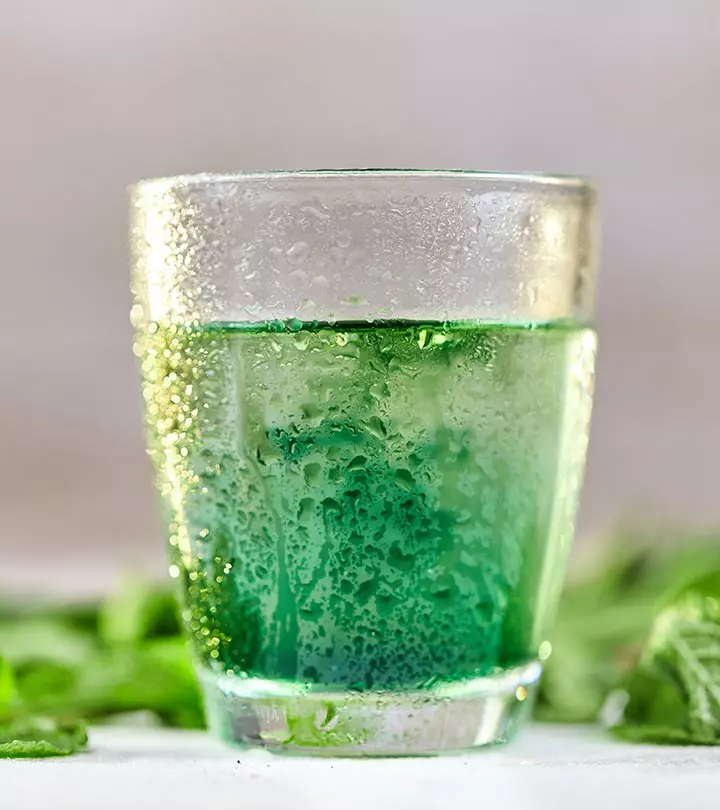
Image: Shutterstock
What is considered the backbone ingredient of the plant kingdom is also beneficial for humans in multiple ways. Yes, we are talking about chlorophyll! Chlorophyll is more than just a pigment. It supports several bodily functions, such as energy production and detoxification. Are you curious to learn more about chlorophyll’s benefits?
From stimulating weight loss, reducing constipation, and treating anemia to reducing cancer and inflammation risk, chlorophyll can work wonders when included in your diet.
In this article, we explore the benefits of chlorophyll in detail, why it is important for us, the foods rich in chlorophyll, and its potential risks to be wary of. Keep reading!
 Know Your Ingredient: Chlorophyll
Know Your Ingredient: ChlorophyllWhat Is It?
Magnesium-rich pigment that initiates photosynthesis in plants.
What Are Its Benefits?
A potent antioxidative agent that may remove free radicals from the bloodstream and prevent wrinkles, and may aid in weight loss by suppressing binge eating.
Who Can Consume It?
Anyone can opt for a chlorophyll-rich diet except people on medication for acne and allergies.
How Often?
It can be consumed daily in moderation.
Caution
Not suitable for consumption by pregnant or breastfeeding women.
In This Article
What Is Chlorophyll?
Simply put, it is chlorophyll that impart’s a plant’s green color, and a few algae, and it is present in all the leaves of a plant. It is a magnesium-rich pigment that absorbs sunlight and triggers photosynthesis.
Based on its chemical structure and occurrence, chlorophyll is classified into different classes:
- Chlorophyll a: Found in all terrestrial plants, algae, and cyanobacteria that can photosynthesize.
- Chlorophyll b: Explicitly found in green algae and higher plants having chlorophyll a.
- Chlorophyll c: Found as an accessory pigment with chlorophyll a in brown algae and diatomsi A type of algae found in oceans, waterways, and soil that play an important role in maintaining ecological balance. .
- Chlorophyll d: Found as an accessory pigment with chlorophyll a in some red algae.
There are rarer variants of chlorophyll that are being studied to understand their occurrence and significance.
 Did You Know?
Did You Know?Isn’t that amazing? One little molecule can drive the entire plant kingdom! But what does it exactly do to deserve all this attention? What does chlorophyll do for the body? Does it do anything? Here is the answer.
Key Takeaways
- Chlorophyll helps with foul breath, digestive problems, and wound healing.
- It is beneficial for high blood pressure, asthma, and arthritis.
- You can include foods rich in chlorophyll like spinach, parsley, and green beans.
- Consuming chlorophyll can lead to diarrhea, green-colored urine, and vomiting.
How And Why Is Chlorophyll Important For Us?
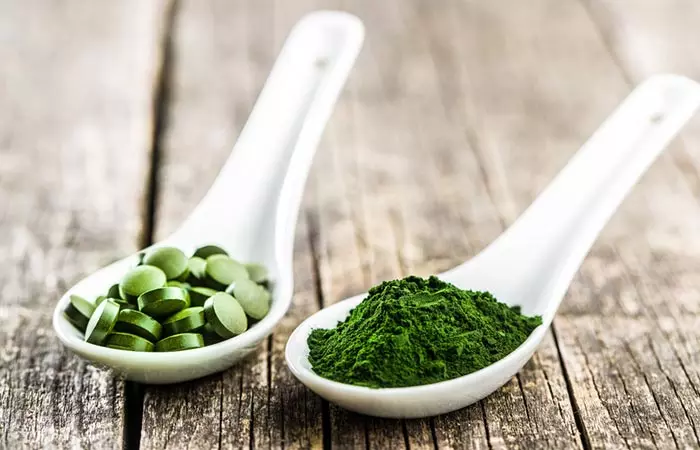
Apart from being responsible for photosynthesis in plants, what does chlorophyll do? chlorophyll (and its water-soluble derivative, chlorophyllin) benefits humans in a variety of ways. Surprising, isn’t it?
 Fun Fact
Fun FactThat’s what researchers have figured out. Though poorly absorbed, chlorophyll or chlorophyllin binds to or interacts with cancer-causing chemicals and prevents cancers, purifies your blood, and protects your GI tract, liver, and kidneys with its antioxidant properties.
Here’s another thing that blew my mind – chlorophyll shares a similar chemical structure with hemoglobin! Hemoglobin has an iron atom in the center of the ‘heme’ ring, whereas chlorophyll has a magnesium atom. In other words, chlorophyll is like a doppelgänger and can fill in for hemoglobin in times of crisis (1).
I had goosebumps when I realized the similarity between the architecture of the plant and animal (human) kingdoms. So, I’m going to fill you in about more of such wonders of the ‘elixir of plants’ that is chlorophyll and tell you about what is chlorophyll good for!
You don’t have a choice but to read ahead to know about chlorophyll benefits!
8 Surprising Benefits Of Chlorophyll
1. A Potent Antioxidative Agent
Chlorophyll can fight oxidative stress like other known antioxidants like vitamin E, vitamin C, polyphenols, and caffeoyl derivatives. Among them, copper-containing chlorophyllin is more potent than magnesium-carrying chlorophyll (2).
When in their active form, chlorophyll and chlorophyllin can scavenge free radicals from your bloodstream and improve longevity, reduce aging symptoms on your skin (wrinkles, fine lines, breakouts, pigmentation). Therefore, you can use chlorophyll for skin by applying it topically or orally. Moreover, it can protect organs from oxidative stress and damage and also prevent certain types of cancers.
2. Stimulates Weight Loss

Adding chlorophyll or chlorophyll-containing plant tissues (like thylakoids) can suppress hedonic hunger (the urge to binge on greasy, high-sugar or salty foods) by stimulating the production of appetite-suppressing molecules.
It also interferes in the absorption of glucose, lipid and fat assimilation, reduces serum triglyceride levels, and ultimately promotes weight loss in obese women.
When paired with a 30-minute exercise routine, chlorophyll also reduces the blood LDL (bad cholesterol) levels, helping you to lose those unwanted pounds healthily (3).
3. Can Aid In Reducing Symptoms Of Indigestion And Constipation
Chlorophyll can change the nature of your gut microbiota, i.e., it can promote the growth of helpful microbes in your gut.
These microbes, especially those in the small intestine, act on the undigested food in the gut and help in the assimilation of those nutrients.
Such ‘prebiotic’ microbes, like Lactobacillus reuteri and Bifidobacteria, can also prevent flatulence, indigestion, and constipation. So, eating leafy vegetables or chlorophyll supplements can boost your digestion and prevent obesity (3).
4. A Natural Deodorant
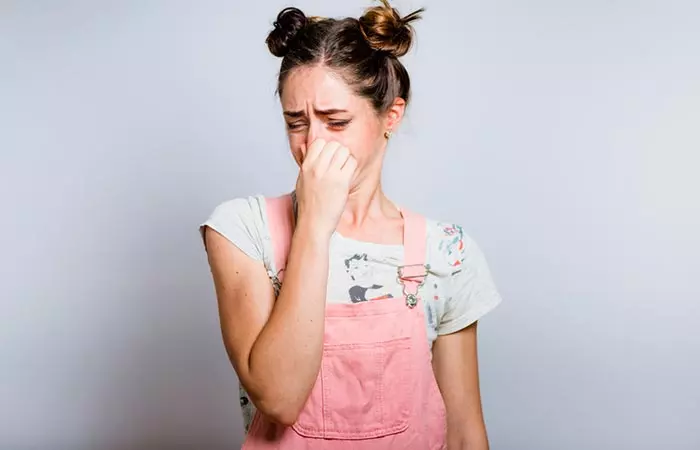
Bad breath, body odor, vaginal odor, and sometimes even fecal and urine odor can make you feel socially awkward and neglected. Did you know they also say a lot about your hygiene, health, and what’s going on in your body?
Sadly, these odors arise due to a microbial infection, a hormonal imbalance, or a lack of personal hygiene and habits. Including chlorophyllin or chlorophyll in your diet can reduce fecal or urine odor because it acts as a prebiotic and antimicrobial agent (1).
Halitosis or bad breath can be cured using a 25% chlorophyll solution or its supplements because it can kill oral pathogens, like Enterococcus and Candida, by effectively permeating the dental membranes and gut (4).
5. Treats Anemia And Bleeding Disorders
The chemical structure of chlorophyll and chlorophyllin is similar to that of hemoglobin in red blood cells (RBC).
When administered to patients with severe anemia, along with their routine medication, chlorophyll not only increases their hemoglobin levels and RBC count but also improves their immunity (5).
What does this tell you?
Yes, you are right! When given in small doses, your body is capable of converting chlorophyll to hemoglobin. Research says that supplementing with chlorophyll improves absorption of iron, fastens the rate of hemoglobin regeneration, and solves the anemia crisis. All thanks to the magnesium and copper atoms (6)!
Did You Know?
– Chlorophyll improves oxygen transportation across your body and brain. Having chlorophyllin or its supplements can effectively treat altitude sickness, congestion, and other respiratory issues.
– Due to its antioxidant and anti-inflammatory properties, chlorophyll can be used to get glowing, younger-looking skin, along with healthy tresses.
– Chlorophyll and chlorophyllin impart a rich-green color when added to oil or water. Hence, they are used as food additives and coloring agents registered as E140 and E141.
6. Manages And Prevents Cancers
Diets high in red meat have high dietary heme that promotes cytotoxicity and cancers, especially in the colon and stomach. When you incorporate green vegetables or chlorophyll supplements in your diet, they protect against tumors by interfering with the metabolism of dietary heme (7).
Also, because chlorophyll has potent antioxidant properties, it breaks down most of the carcinogens present in your body, like free radicals, heavy metals, and phytotoxinsi Toxic substances produced by plants or plant pathogens that have an adverse effect on other organisms like animals and humans. (8).
Above all, chlorophyllin prevents the activation of precursor compounds (pro-carcinogens) into carcinogens. Talk of total detox!
7. Has An Anti-Inflammatory Effect On Organs
Apart from showing potent antioxidant properties, chlorophyll and chlorophyllin protect your vital internal organs with their anti-inflammatory properties.
Reactive oxygen species (ROS), undigested food, plant-derived fiber, heavy metals, and other chemical intermediates tend to attack your GI tract, heart, kidneys, lungs, and liver. Such events trigger inflammation and pain and lead to autoimmune diseases like type-2 diabetes, arthritisi Inflammation of one or more joints in the body, resulting in pain, stiffness, swelling, and difficulty in movement. , atherosclerosisi Hardening and narrowing of arteries due to deposits of fat and cholesterol in the artery walls, which can result in blood clots. , cirrhosisi A chronic liver disease characterized by scarred liver tissues and caused due to chronic alcohol abuse and hepatitis. , asthmai A lung disease characterized by swollen airways and excess mucus secretion, which can lead to trouble breathing and chest pain. , constipation, wounds, burns, and rashes.
Drinking liquid chlorophyll or taking chlorophyll a and b supplements boost the magnesium levels in your blood, reduce inflammation, and inhibit the activity of pro-inflammatory compounds (interleukins) that worsen the condition (9).
8. Improves Bone And Muscle Health

Minerals matter the most for muscle and bone health. One such mineral is found in chlorophyll. Any guesses?
Yes, it is magnesium.
Almost 60% of the magnesium in your body is found in your bones, and it is essential for the generation of ATP (energy) in muscle cells. Deficiency of magnesium causes myalgia, cramps, and bone diseases because it is also required to maintain the calcium levels in your bones and muscles.
Since it is the central atom of the chlorophyll molecule, supplementing your diet with it increases the magnesium levels in your blood and indirectly maintains the structural integrity of your bones and muscles.
Jeff Saporito, a blogger, shared his experience of drinking liquid chlorophyll for approximately 6 months to treat his headaches. He said, “No more headaches. The other effect I’ve received is a noticeable increase in my daily energy level (i).”
I can see the next question forming in your mind already! Let’s get to it then!
What Are The Foods Rich In Chlorophyll?
According to Micronutrient Information Center, dark green, leafy vegetables like spinach are rich sources of natural chlorophylls.
Check the following list:
| Food | Serving | Chlorophyll (mg) |
|---|---|---|
| Spinach | 1 cup | 23.7 |
| Parsley | ½ cup | 19.0 |
| Cress, garden | 1 cup | 15.6 |
| Green beans | 1 cup | 8.3 |
| Arugula | 1 cup | 8.2 |
| Leeks | 1 cup | 7.7 |
| Endive | 1 cup | 5.2 |
| Sugar peas | 1 cup | 4.8 |
| Chinese cabbage | 1 cup | 4.1 |
Alicia ‘Chacha’ Miller, MS, RD, LDN, says, “Leafy greens like spinach, kale, and Swiss chard are some of the best natural sources of chlorophyll and can easily be incorporated into any diet for an antioxidant-fueled nutrient boost. Chlorophyll can also be found in fresh herbs like parsley and cilantro.”
Most green vegetables are abundant natural sources of chlorophyll. And that’s why Popeye swore by spinach!

Well, jokes apart, there are also water-soluble supplements of chlorophyll available as over-the-counter drugs. These include chlorella (green algae) and chlorophyllin copper complex (Derifil).
Knowing which foods are high in chlorophyll is essential, but it is even more important to know how to include them in your diet. Learn more about it in the next section.
How To Incorporate Chlorophyll Into Your Diet
Adrienne Raimo, RDN, LD, CHC, CLT, says, “The easiest ways to incorporate leafy greens are in salads or smoothies. You could also get some wheatgrass shots (some are in the frozen food aisle), add alfalfa sprouts to a salad or sandwich, top quite a few meals with parsley. Chlorella tablets are easy to take or you could add the powder version of it (and spirulina) to smoothies or smoothie bowls.”
Here are some practical ways to include chlorophyll in your diet:
- Consume greens high in chlorophyll, such as parsley, kale, and spinach.
- Add liquid chlorophyll into freshly squeezed fruit or vegetable juices.
- Blend chlorophyll drops or green powders into your smoothies for an easy boost.
- Take chlorophyll supplements as liquids or capsules.
- Add raw leafy greens to your salads, such as Swiss chard or arugula.
Practical Advice On Chlorophyll Intake
- Choose from liquid drops, tablets, or natural sources like green leafy vegetables.
- Start with a low dose and gradually increase as your body adjusts, following the recommended dosage.
- Mix liquid chlorophyll into water or juice to dilute its strong taste and stay hydrated.
- Consume in the morning or early afternoon for an energy boost, avoiding late-night use if sensitive.
- Use chlorophyll as a supplement to a nutrient-rich diet, not a replacement.
- Watch for mild side effects like digestive changes and adjust the dosage if needed.
- Be consistent for sustained benefits like improved digestion and energy levels.
- Consult a healthcare provider if pregnant, nursing, or on medications to ensure safe use.
Can you take too much chlorophyll? Are there any known side effects of this pigment? If yes, what are those? Scroll down to get the answers.
How convenient! But, it doesn’t end here, does it?
The next obvious question that would’ve popped up in your mind would be the safety and risks associated with this wonder pigment. Scroll down to get the answers regarding the potential side effects of chlorophyll!
Are There Any Side Effects Or Safety Concerns Of Chlorophyll?
Like any other plant-derived product, chlorophyll and chlorophyllin too have their share of side effects and safety issues.
When on a chlorophyll-rich diet, one could face mild side effects like:
- Diarrhea
- Green discoloration of urine and feces
- Nausea or vomiting
- Bone disease (only in case of extreme overdose)
Despite these drawbacks, chlorophyll is considered non-toxic and can be orally administered in solid (foods or capsules) or liquid (alfalfa tonics) forms.
Following are the possible risks associated with it:
- Unsafe For Pregnant And Nursing Women: Since the safety of chlorophyll hasn’t been studied well yet, pregnant and nursing women should avoid taking it.
- Might Increase Sun Sensitivity If On Medication: If you are on certain drugs that list sun sensitivity as a side effect, such as medication for acne, allergies, antibiotics, and NSAIDs, chlorophyll may make it worse. You might have sunburns or rashes when you take chlorophyll supplements in such cases.
Note:
Start with small doses and increase as allowed to reap the benefits of chlorophyll safely. In case you are using any other medications that can induce sun sensitivity, it is advisable to seek advice from a healthcare professional.
Overconsumption or the wrong dosage may cause side effects in some individuals. Check out the next section for the recommended dosage for chlorophyll.
Chlorophyll Dosage
The recommended dose of chlorophyll may differ as per your nutritional needs. In some studies, 5 to 20 mg of chlorophyll-a (a specific form of chlorophyll) per day for 1 to 2 weeks was found to help improve abdominal pain in pancreatitis (10). This dose led to no negative side effects. Out of the 34 patients, 23 had a good response, 9 had a partial response, and 5 were successfully treated.
Chlorophyll in the tablet form is available in the following dosages:
- 10 mg
- 20 mg
- 100 mg
Individuals over 12 years of age may start with 100 to 200 mg of oral intake and increase to 300 mg if necessary.
Note that there is limited information available on the recommended dose of chlorophyll. Consult your doctor for the right dose.
What Is The Final Call?
The fact that chlorophyll shares structural and, partly, a functional similarity with hemoglobin should tell you how effective it can be.
Since anemia and hemoglobin-related disorders are on the rise and will soon get prevalent across global populations, incorporating chlorophyll or its semi-synthetic derivatives in your diet will not only cure but also prevent such hemoglobinopathies.
Chlorophyll is the best natural supplier of the magic mineral, magnesium. That makes it even more essential and vital to add to your food.
So, find creative ways of using greens like spinach, kale, broccoli, and wheatgrass in your cooking. Or drink a shot of diluted liquid chlorophyll instead of your morning cuppa.
You can see the difference for yourself!
Infographic: How To Extract Chlorophyll At Home
With chlorophyll available in most green leafy plants, you should be able to make use of its benefits more often. Learning how to extract it at home and storing it properly can enable you to include it in your wellness routine as per your preference. Have a look at the infographic below to learn how to extract chlorophyll at home to reap its many benefits whenever you want! Illustration: StyleCraze Design Team
Chlorophyll benefits humans in numerous ways. It is majorly found in green leafy vegetables. Chlorophyll can reduce oxidative stress and cancer risk and slow down aging. It also aids in weight loss and manages indigestion and constipation. In addition, chlorophyll can manage bad breath, body odor, and vaginal odor. It also helps in treating anemia and bleeding disorders. It exhibits an anti-inflammatory effect on organs and improves bone and muscle health. However, it also may cause diarrhea, nausea, vomiting, and sun sensitivity in a few individuals. Hence, caution is advised. Consume chlorophyll-rich foods in moderation to reap the benefits.
Frequently Asked Questions
How much chlorophyll should you take daily?
According to the Oregon State University, 100-300 mg of chlorophyll is considered safe. That includes the greens you take along with the chlorophyll supplements – pills, chlorophyll water, or tonics.
Does chlorophyll make you sleepy?
There is a lack of scientific evidence to suggest that chlorophyll has sedative effects or makes you sleepy.
Does chlorophyll stain teeth?
Possibly. However, these stains are temporary and you can remove them with an effective whitening toothpaste.
Does chlorophyll help balance hormones?
While anecdotal reports suggest that chlorophyll may balance hormones, there is a lack of scientific evidence to support this claim.
Is chlorophyll good for your pH balance?
Possibly. Chlorophyll may help balance excess acid levels in the body since it is alkaline in nature.
Illustration: Surprising Benefits Of Chlorophyll And Its Side Effects
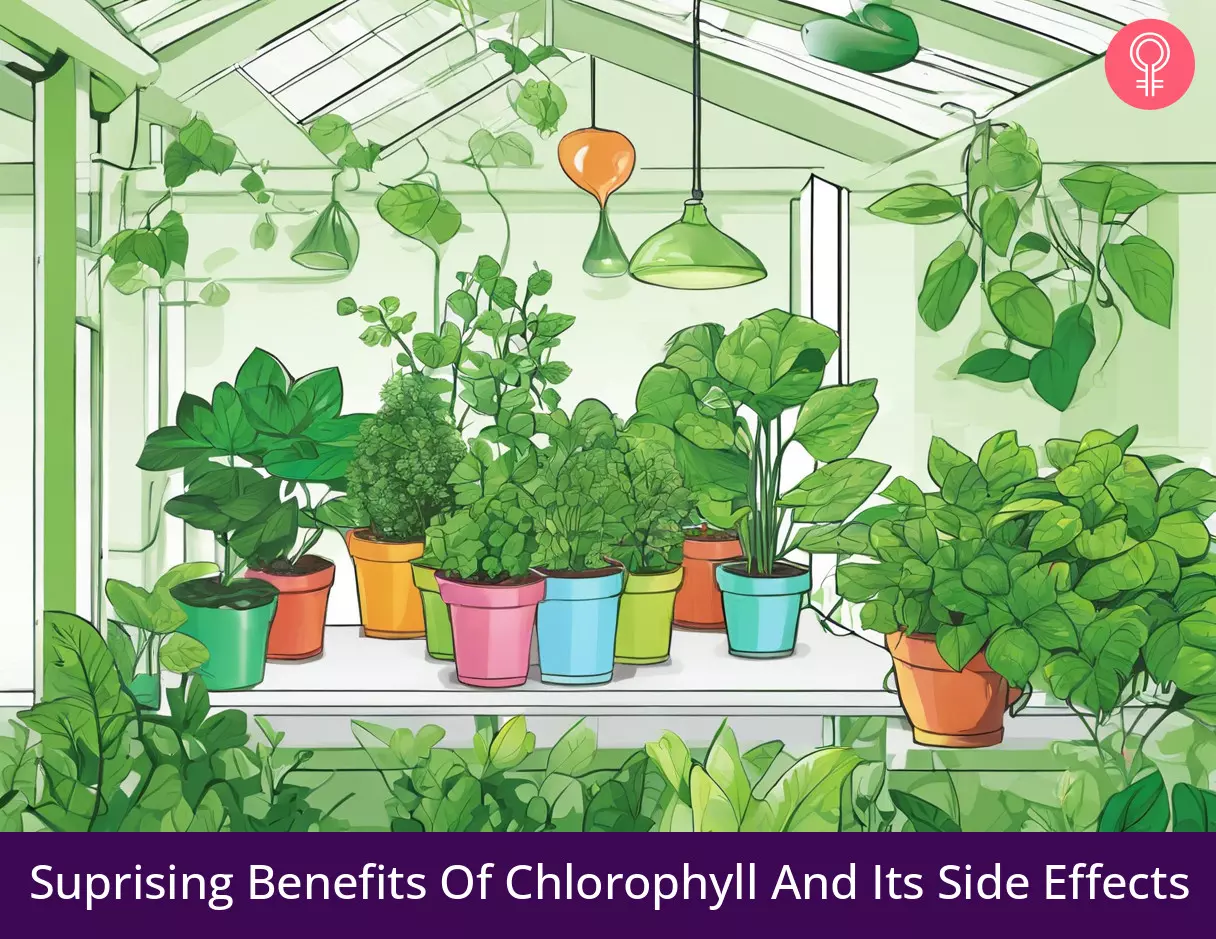
Image: Stable Diffusion/StyleCraze Design Team
Ready to harness the power of chlorophyll for better health? Discover the amazing benefits of chlorophyll. Watch this video to learn how it can help improve your health and well-being.
Personal Experience: Source
StyleCraze's articles are interwoven with authentic personal narratives that provide depth and resonance to our content. Below are the sources of the personal accounts referenced in this article.
i. Drinking Liquid Chlorophyllhttps://drinkingthings.wordpress.com/2011/02/03/drinking-liquid-chlorophyll/
Read full bio of Thais Tisatto
- Alicia Chacha Miller is a Registered Dietitian specializing in maternal and pediatric nutrition. She obtained her Master's degree in Nutrition Sciences from the University of Southern California. Her work is focused on bridging the gap in health disparities between BIPOC (Black, Indigenous, and People of Color) and other races by making nutrition education available, accessible, and easy to understand. She is the founder of The Cardamom Nutrition, where evidence-based practice, diversity, inclusion, cultural competence, and compassion all collide.
 Alicia Chacha Miller is a Registered Dietitian specializing in maternal and pediatric nutrition. She obtained her Master's degree in Nutrition Sciences from the University of Southern California. Her work is focused on bridging the gap in health disparities between BIPOC (Black, Indigenous, and People of Color) and other races by making nutrition education available, accessible, and easy to understand. She is the founder of The Cardamom Nutrition, where evidence-based practice, diversity, inclusion, cultural competence, and compassion all collide.
Alicia Chacha Miller is a Registered Dietitian specializing in maternal and pediatric nutrition. She obtained her Master's degree in Nutrition Sciences from the University of Southern California. Her work is focused on bridging the gap in health disparities between BIPOC (Black, Indigenous, and People of Color) and other races by making nutrition education available, accessible, and easy to understand. She is the founder of The Cardamom Nutrition, where evidence-based practice, diversity, inclusion, cultural competence, and compassion all collide.
Read full bio of Swathi Handoo
Read full bio of Ravi Teja Tadimalla
Read full bio of Payal Karnik







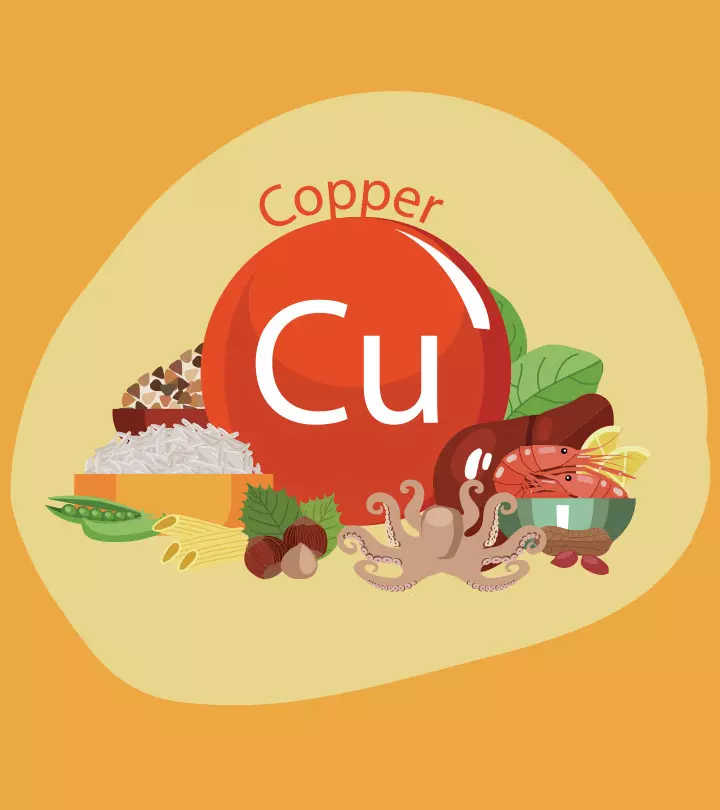
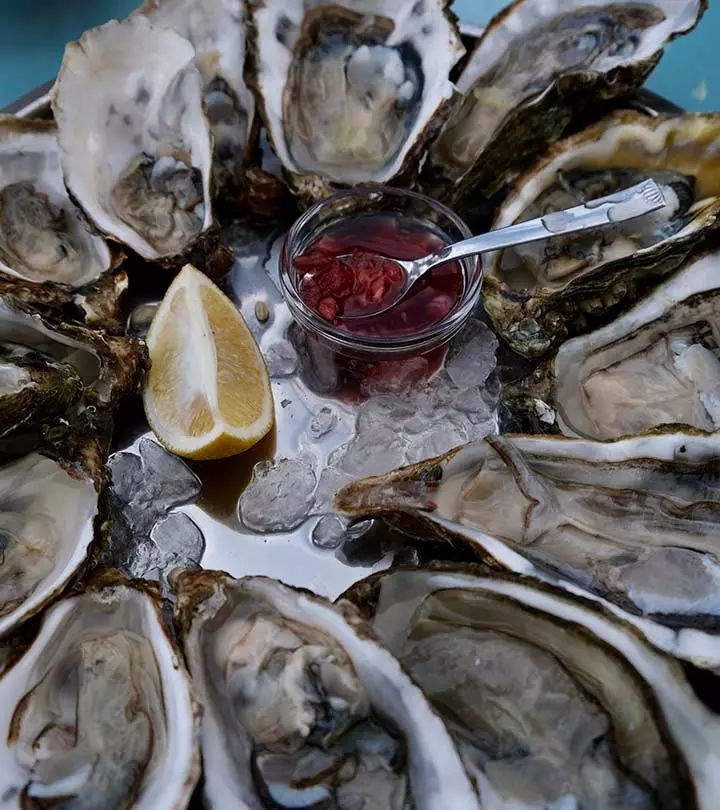

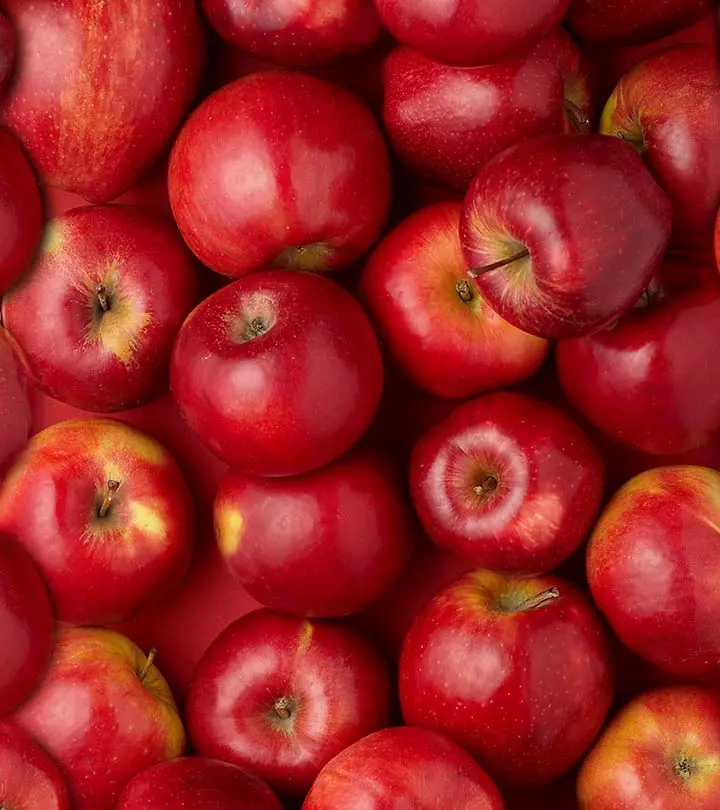
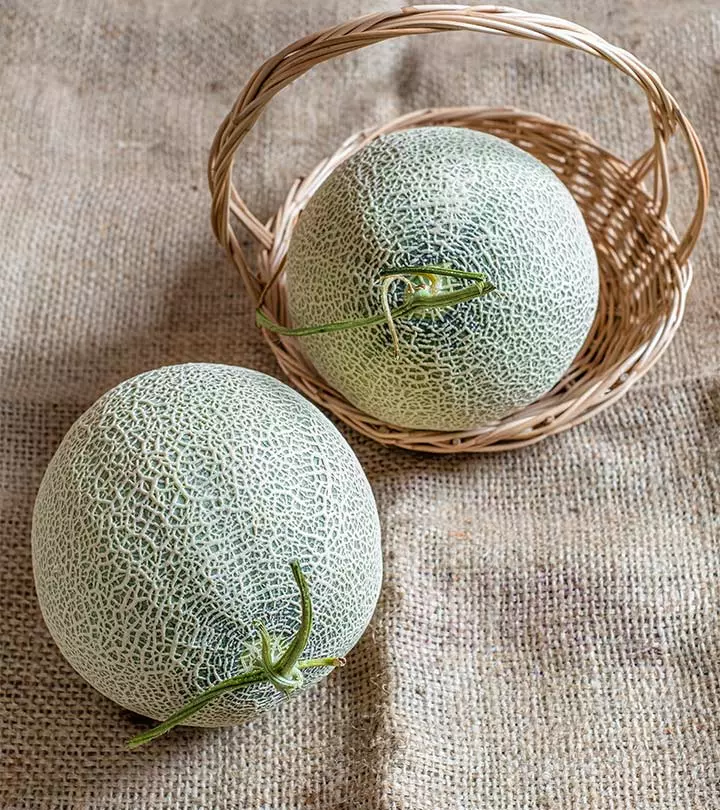
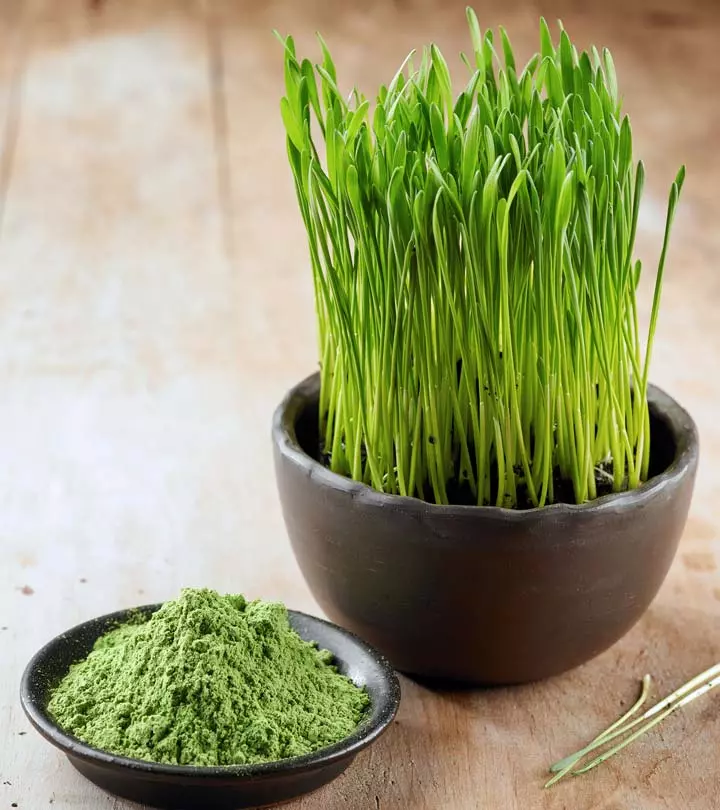
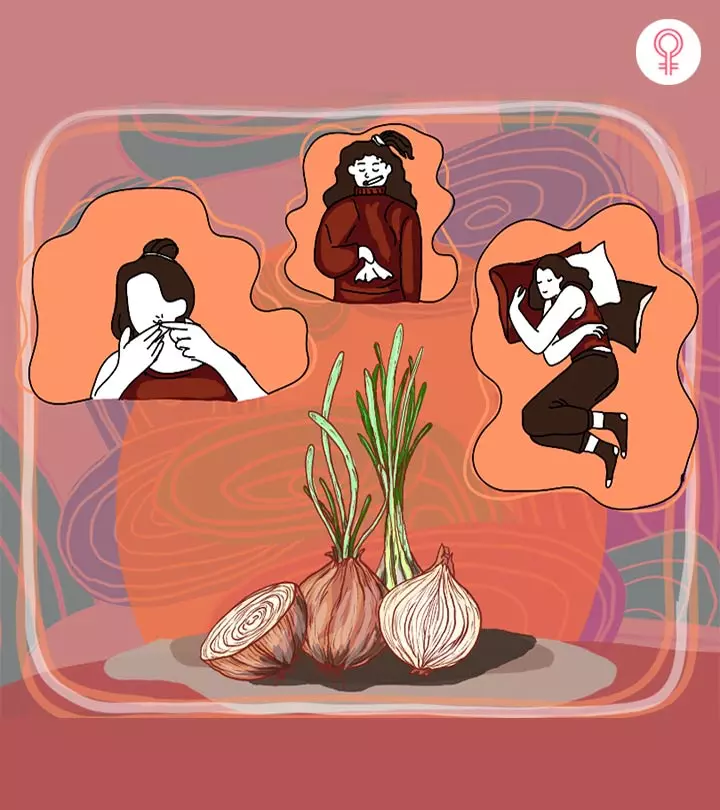
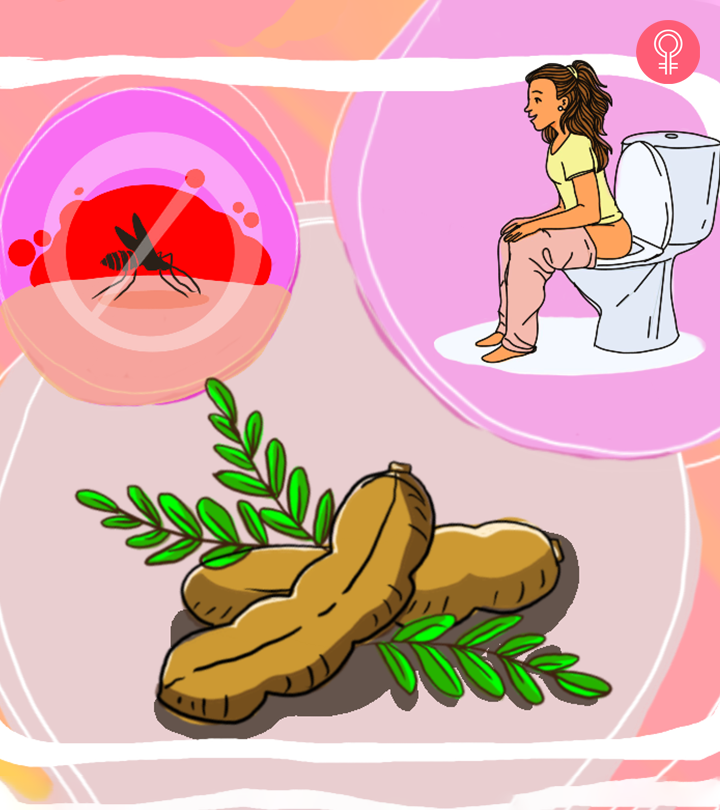
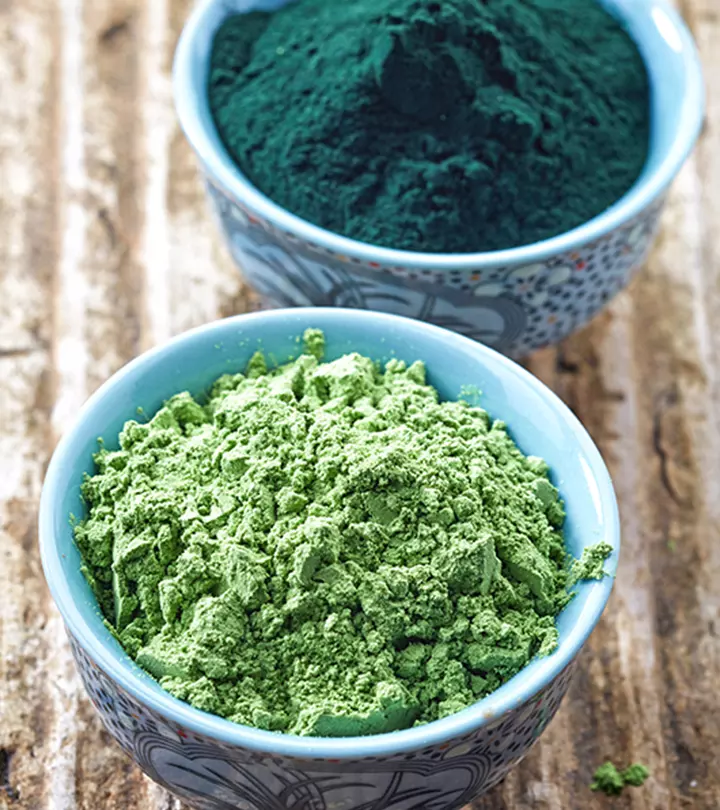
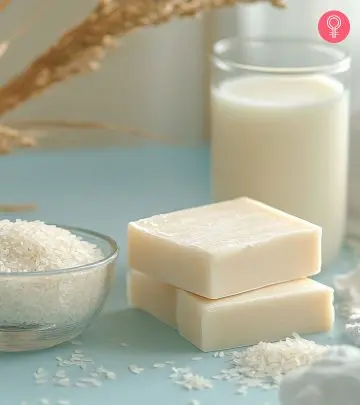

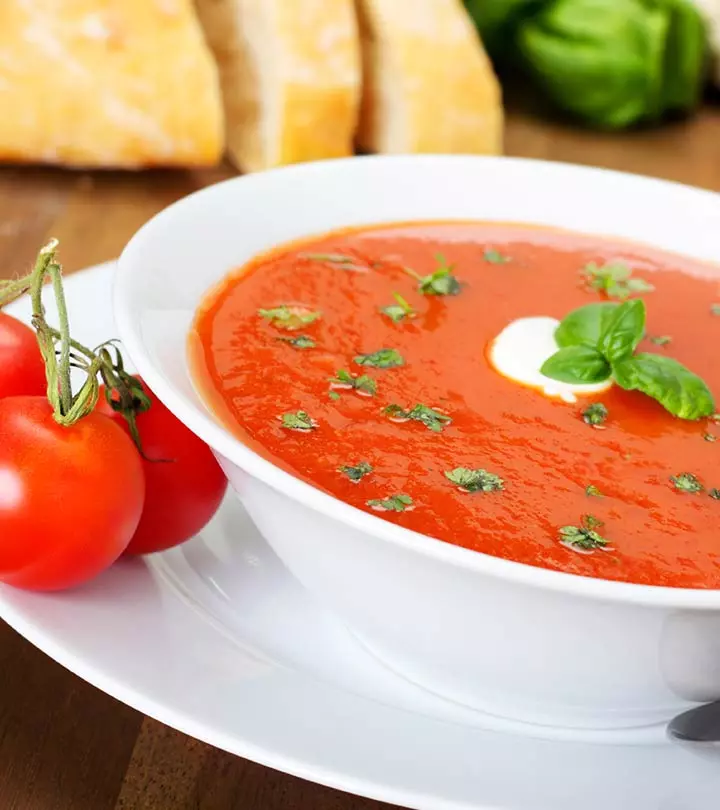
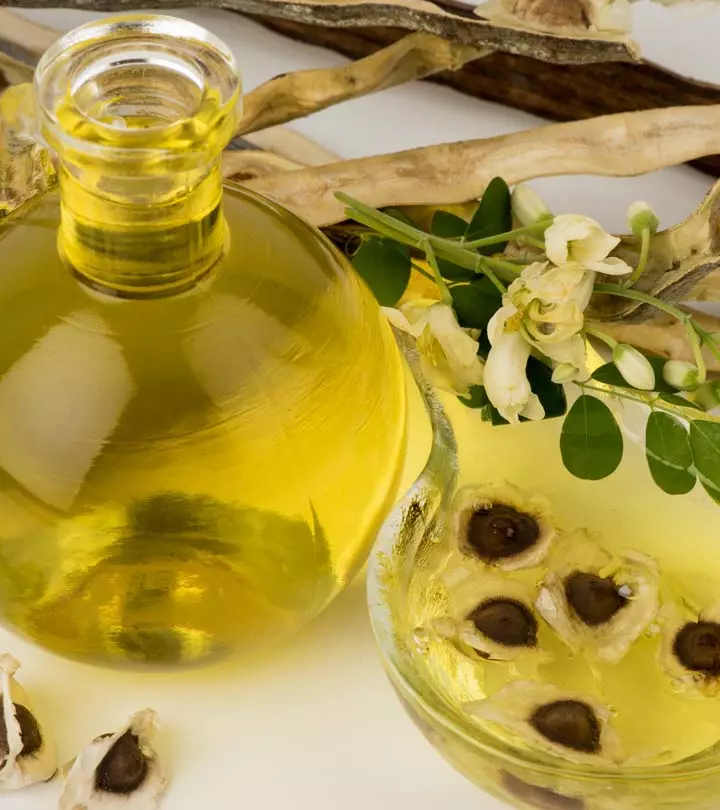
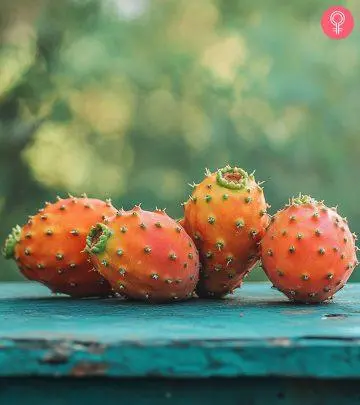
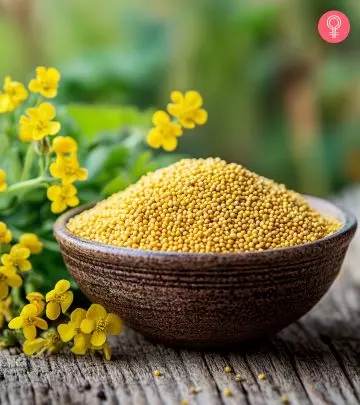
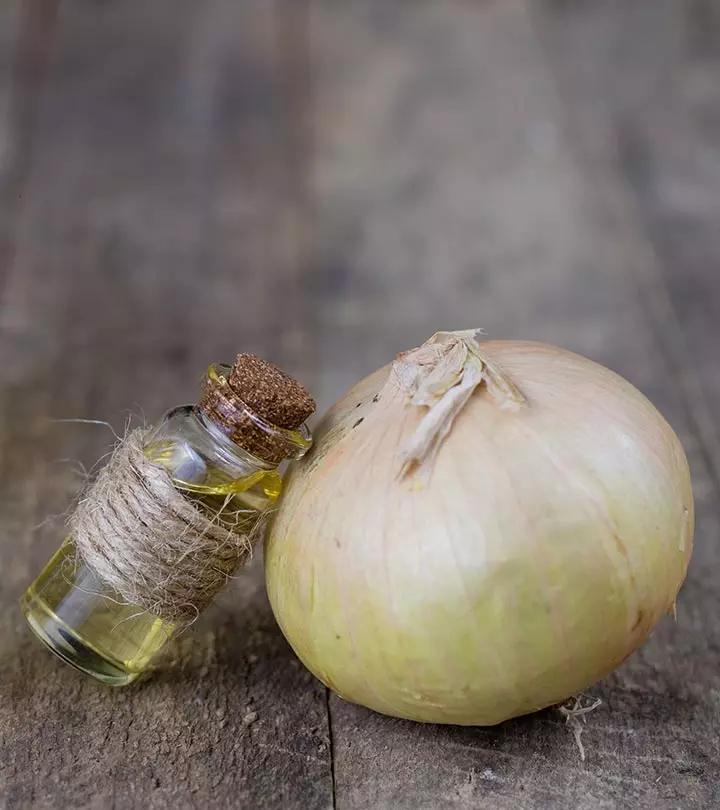
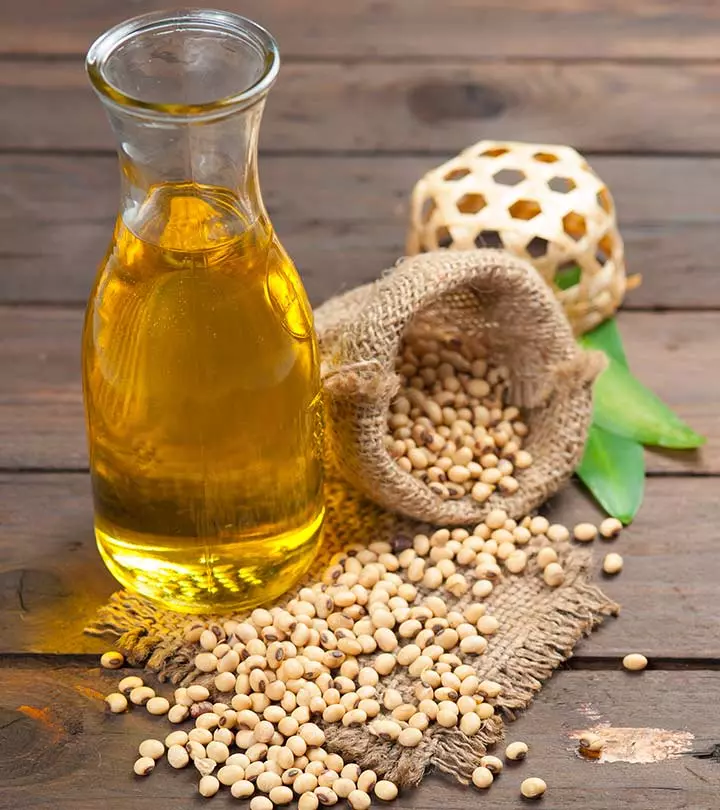
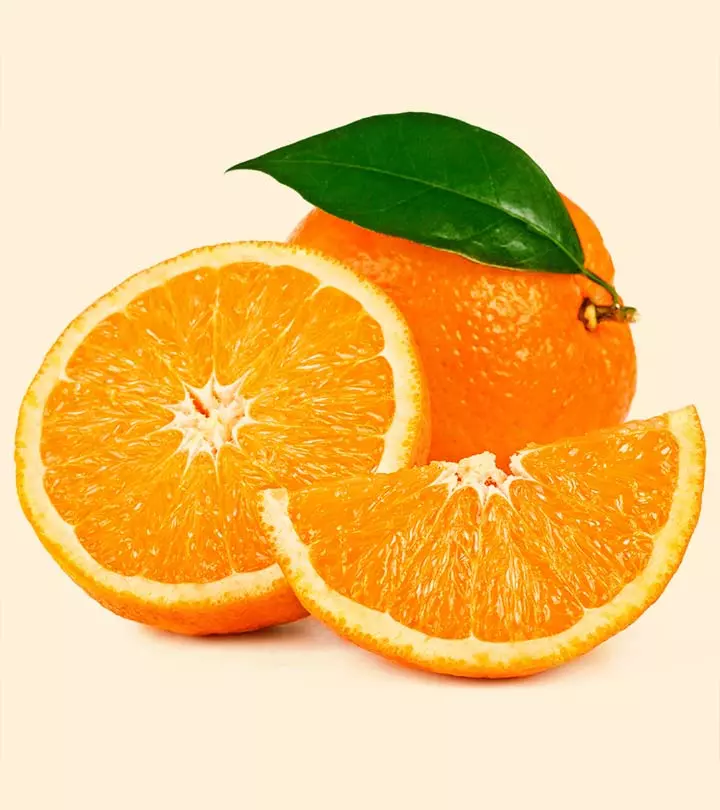
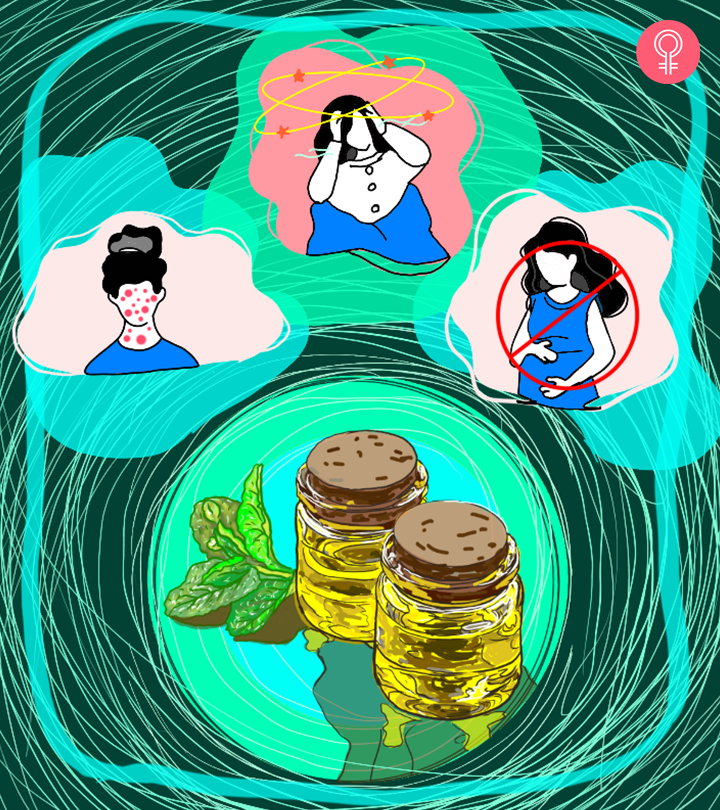
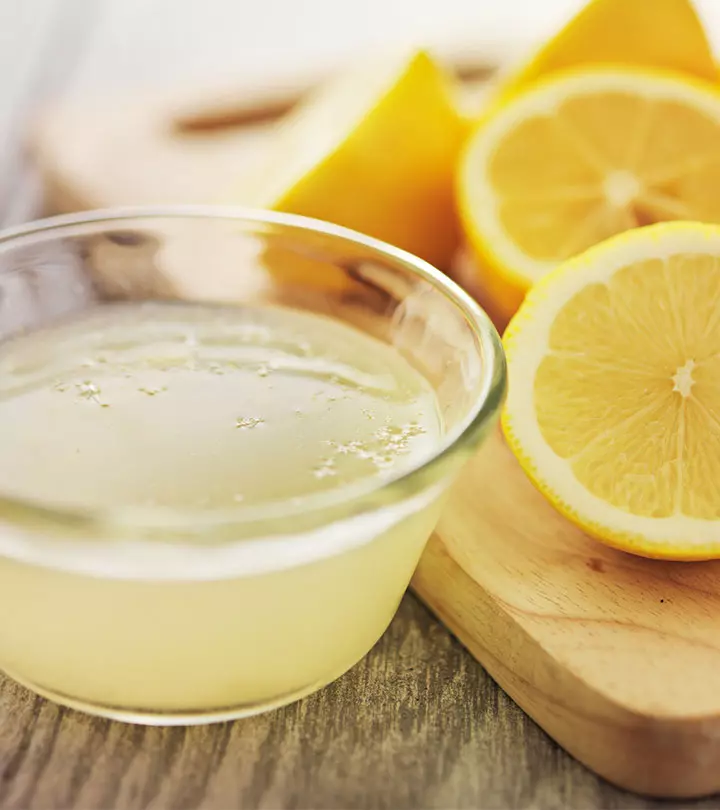

Community Experiences
Join the conversation and become a part of our empowering community! Share your stories, experiences, and insights to connect with other beauty, lifestyle, and health enthusiasts.